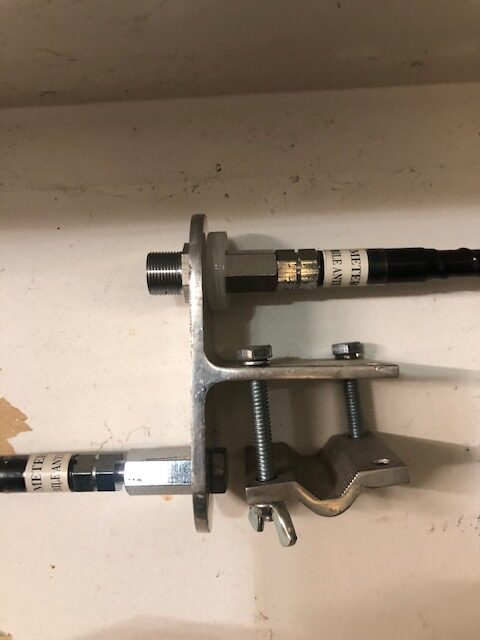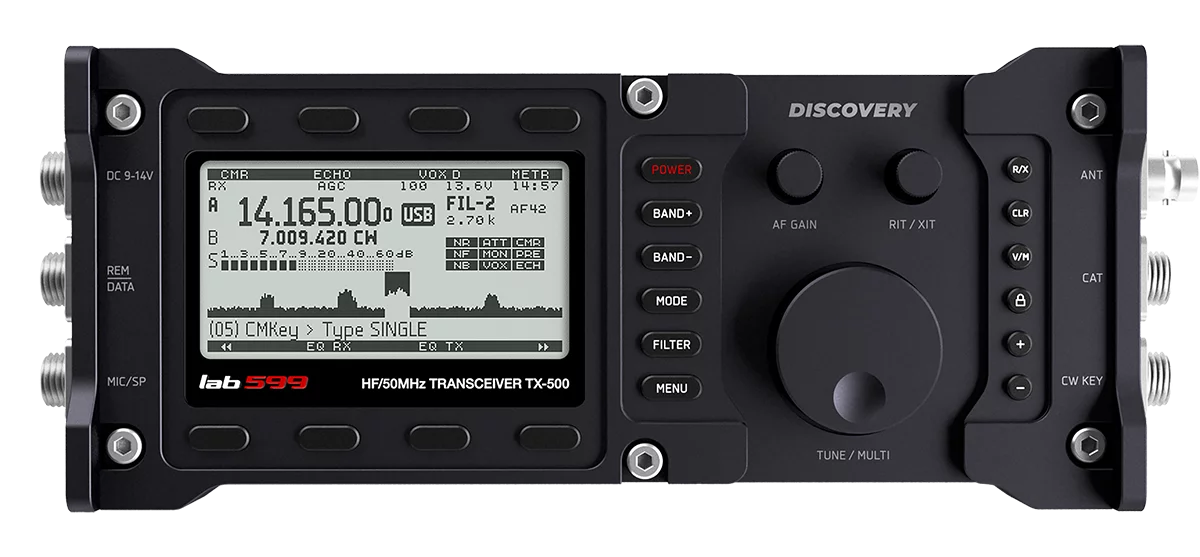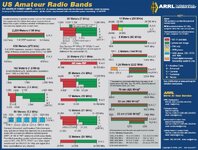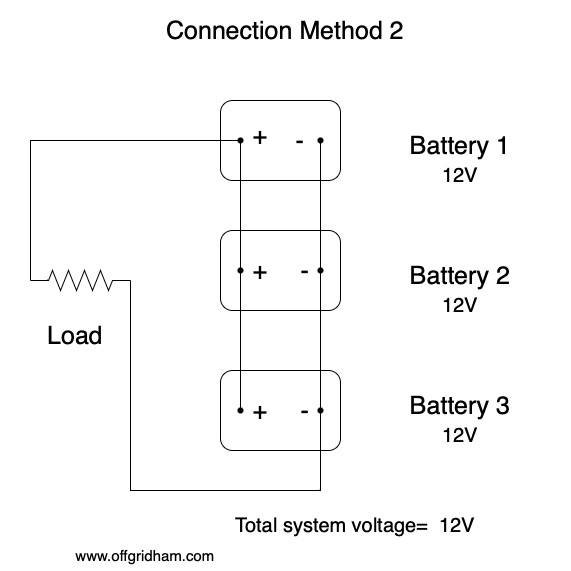- Messages
- 1,951
- Reactions
- 3,916
Interesting!
Follow along with the video below to see how to install our site as a web app on your home screen.
Note: This feature may not be available in some browsers.
Interesting!


Very cool! Always love reading stuff like that. Thanks, and may 7HP / W7ASL / W7OE forever rest in peace...

Actually, ambitious Novices & Techs have some limited HF privileges; they're allowed only CW on a few bands, but they can use SSB on a portion of the 10 meter band. I"m going to try to attach the band chart here.Long but informative. The focus is on HF communications (which requires a General or Extra license in the USA).
I still have my eye on the IC-705.

Yep - I currently a Tech now but have been making contacts on the portion of the 10 meter band I can use.Actually, ambitious Novices & Techs have some limited HF privileges; they're allowed only CW on a few bands, but they can use SSB on a portion of the 10 meter band.
Good luck man! I've been meaning to get my general but other commitments/projects keep taking priority.Yep - I currently a Tech now but have been making contacts on the portion of the 10 meter band I can use.
I'll be testing for General next month!

Probably just a Baofeng in a different case, but they are not too bad.The handheld transceiver is probably not high quality, but if you're just getting started...
Ham radio operators are sounding the alarm over the latest threat to their beloved hobby—and this time, it is coming from Wall Street.
A group of high-frequency trading firms is asking the Federal Communications Commission to open shortwave frequencies to greater commercial use, so they can use radio to zip financial data around the world in milliseconds.
Prominent members of the amateur-radio community say interference from traders' broadcasts could ruin their hobby, which often involves tuning in to weak radio signals so they can chat with fellow hams in faraway places. Hundreds of hams have filed letters with the FCC opposing the traders' proposal, and some have railed against the plan in YouTube videos.
Brock Fansler is among those speaking out. A 40-year-old Los Angeles resident with shoulder-length hair, he likes using his radio to send digital data about weather conditions to other hams. He complains that the traders are looking to transmit with up to 20,000 watts of power, whereas amateurs are capped at 1,500 watts, and many use off-the-shelf radios with 100 watts.
